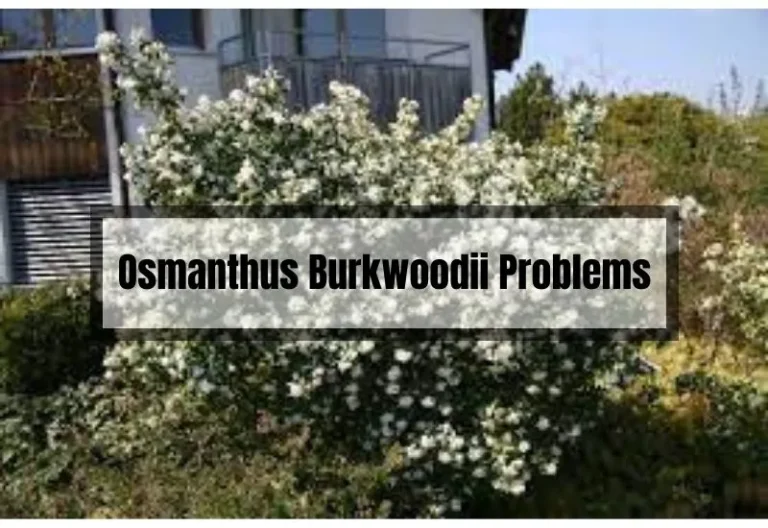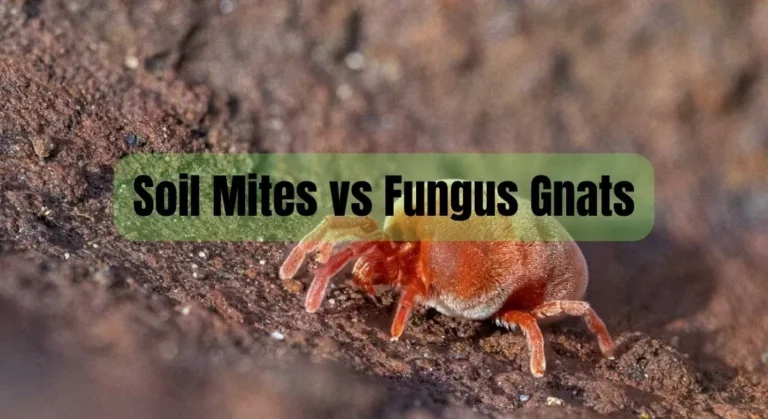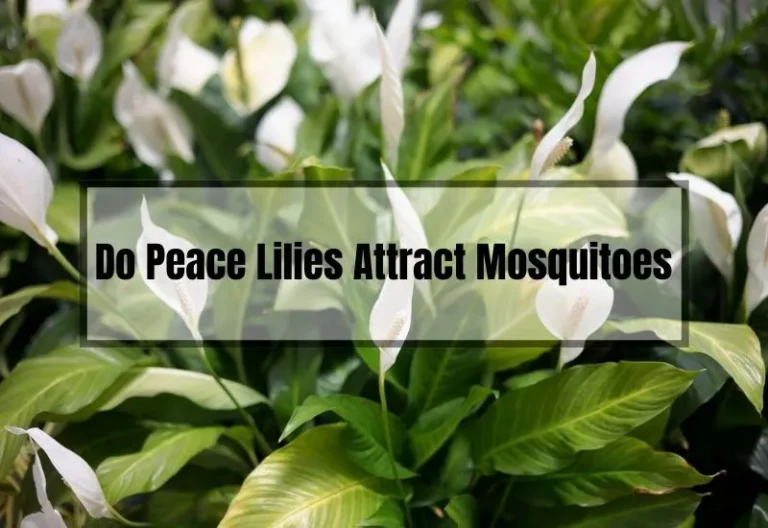Are Succulents Poisonous? A Professional’s Guide to Understanding the Toxicity of These Popular Houseplants
If you’re a pet lover who enjoys gardening, you may be wondering which succulent plants are safe to grow indoors. While succulents like Kalanchoe and Euphorbia can add beauty to your indoor garden, some of them can be harmful to your furry friends due to their toxicity. In fact, toxicity from these plants can pose a serious threat to your pets.
In this article, we’ll explore which succulents are safe to grow indoors and how to keep your pets safe from poisonous ones.
We’ll also answer common questions like “Are all succulents poisonous?” and “Are there any succulents that are poisonous to humans?” so you can make informed decisions about which plants to include in your indoor garden.
Key Takeaways
- Some succulent plants like Kalanchoe and Euphorbia can be harmful to pets due to their toxicity.
- Not all succulents are poisonous, but it’s important to know which ones to avoid if you have pets.
- By learning which succulents are safe to grow indoors and how to keep your pets safe, you can enjoy the beauty of these plants without putting your furry friends at risk.
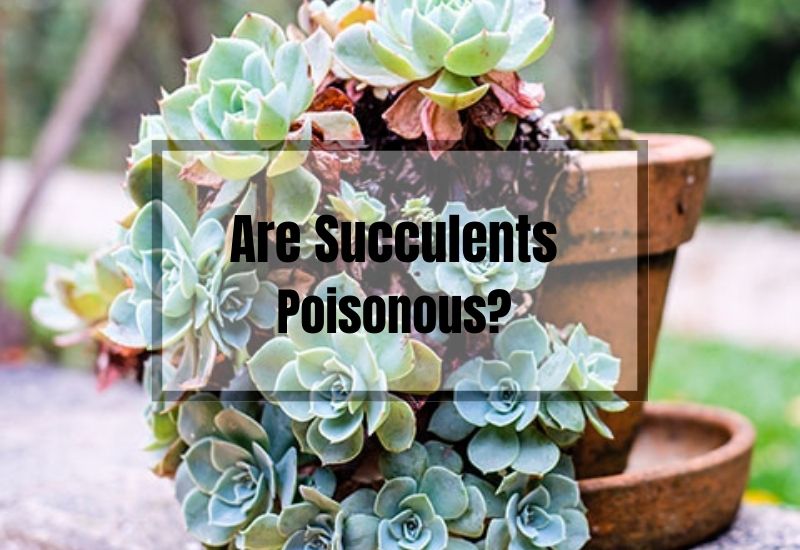
Are all Succulents Poisonous?
Not all succulents are poisonous. There are many nontoxic succulents that can be grown indoors and outdoors. Some nontoxic succulents can even be consumed by humans and animals.
However, some succulents are highly toxic or poisonous by nature. The reason why some succulents are toxic is due to their adaptation to harsh environments and their need to protect themselves from predators.
Why Are Some Succulents Toxic and Why Do They Have Sharp Edges?
Succulents are toxic and have sharp edges as a defense mechanism to protect themselves from being eaten by herbivores. Whether indoor or outdoor, plants need to be safe.
To protect themselves, many succulents have evolved to become toxic or poisonous by nature. These features are nature’s way to protect its greenery from the hungry animals roaming around them to taste the same.
Nature protects succulents through another way also. The thorns and spines in many succulents keep animals away from the same. The disgusting smell of many succulents helps keep animals repel away from them.
For example, if you have an aloe vera plant, you should be careful as it has sharp edges that can hurt you. Aloe vera is one of the poisonous succulents in a home and, therefore, not a good idea for pets to nibble on the plants. To learn more about aloe vera care, you can visit this link.
Many succulents which do not have thorns and disgusting scent tastes bad. This is so because the hungry herbivores creature that tastes the succulent will not want to repeat the act the next time. Any allergic reactions caused by the succulents will also threaten the animals and humans from going near the same in the future.
Which Succulents Are Harmful to Pet Animals?
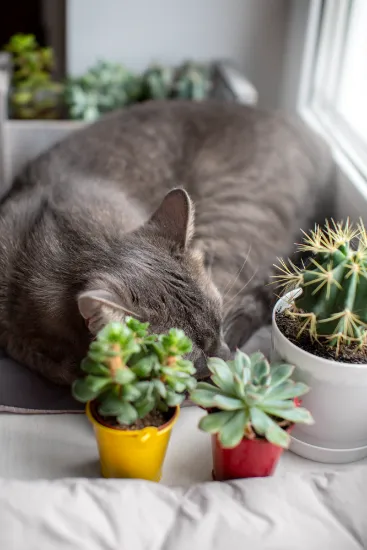
Succulents are a popular choice for indoor plants due to their low maintenance and aesthetic appeal. However, some succulents can be harmful to your furry friends. Euphorbia Milii, commonly known as the Crown of Thorns, can cause blisters, swelling, and skin irritation in dogs if ingested. Aloe Vera, another popular succulent, can cause nausea, abdominal pain, and diarrhea in cats, horses, and dogs.
Kalanchoes are also ornamental succulents that can be harmful to pets. Ingestion of the plant can cause irregular heartbeat due to the bufadienolides cardiac glycosides present in them.
Some varieties of Kalanchoes that are harmful to pets include Kalanchoe Daigremontiana (Mother of Thousands), Kalanchoe Tomentosa (Panda Plant), and Kalanchoe Delagoensis (Chandelier Plant, Mother of Millions, Devil’s Backbone). These succulents can cause symptoms such as abnormal heart rhythm, gastrointestinal irritation, weakness, lethargy, tremors, diarrhea, and seizures.
Other succulents that can harm your cats and dogs include Sansevieria Trifasciata (Mother-In-Law’s Tongue or Snake Plant), Crassula Arborescens (Silver Jade Plant), Senecio Rowleyanus (String of Peas Plant and String of Pearls).
It is important to keep these harmful succulents out of reach of your pets. If you suspect your pet has ingested any of these plants, seek veterinary care immediately.
Are all Succulents that are Poisonous, Dangerous?
Not all succulents that are poisonous are necessarily dangerous. Some succulents may have thorns and spines that can cause injury if not handled with care, but they may not be toxic or poisonous.
On the other hand, some succulents may have a soft and smooth outer surface but may be toxic or poisonous when touched or ingested.
It is important to have a good understanding of the nature of the succulents you are dealing with to avoid any accidents.
Are there any Succulents That are Poisonous to Humans?
Yes, some succulents can be poisonous to humans, and Euphorbias are a particular type of succulent that is considered poisonous. Euphorbias secrete a milky substance that can cause blisters on the skin and painful blisters in the mouth if consumed.
Many kinds of Euphorbias grow around different parts of the globe, including Euphorbia Alluaudii, Euphorbia Cotinifolia, Euphorbia Cylindrifolia, Euphorbia Decaryi, Euphorbia Enopla, Euphorbia Lugardiae, Euphorbia Lactea, Euphorbia Marginata, Euphorbia Mammillaris, Euphorbia Milii var. roseana, Euphorbia Succulenta, and Euphorbia Tithymaloides ‘Variegatus’.
When handling Euphorbias, it is recommended to wear gloves to avoid contact with the milky substance. If you come into contact with the substance, wash the affected area with soap and water immediately. If you accidentally ingest any part of the plant, seek medical attention immediately.
Which are the Succulents that can be Grown Indoors where a Toddler Resides?
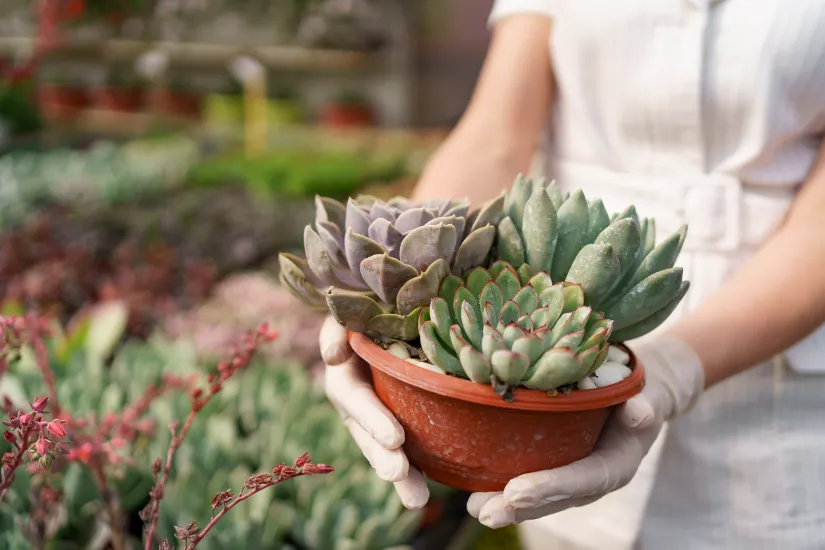
If you have a toddler at home, you may be worried about the safety of your indoor plants. Fortunately, there are several types of succulents that are safe to grow around toddlers. Here are some of the best options:
Jade
Jade is a popular succulent that is safe to grow around toddlers. Its leaves are soft and squishy, making them perfect for little ones to play with. Additionally, jade does not have any thorns or spines that could hurt your child.
Hens and Chicks
Hens and Chicks is another great option for parents with toddlers. This succulent is small in size and has colorful blooms that will capture your child’s attention. It does not have any pricky spines, so your child can touch it without getting hurt.
Christmas Cactus
The Christmas Cactus is a beautiful succulent that is safe to grow around toddlers. It has no thorns or spines that could hurt your child, and its seasonal blooms will brighten up any room.
If you have a naughty active toddler at home, getting these succulents will keep them engaged around the clock. These are non-toxic and do not cause any allergies in toddlers.
Is there a way Through which I can have Both Pets and Succulents at Home but Not Worry About the Latter Affecting the Former?
If you have pets at home, you may be worried about them damaging your indoor succulents. Fortunately, there are several ways to manage both your pets and your plants without having to compromise on one.
Idea 1 – Go in for Terrariums which are sealable glass containers for indoor succulents. Terrariums come in different shapes and sizes, and can be kept on broad window sills or on table tops.
You can opt for Terrariums which can be hung from the roof with the help of hooks available for the purpose. Terrariums can be opened or closed based on the necessity. Your favorite succulent will remain safe inside a Terrarium since your pets cannot touch the plant from outside.
Idea 2 – You can make a cage-like structure and place all your succulents one next to the other inside the same.
Open the cage when you have some work inside, else keep the cage closed. This is a creative idea where your pets will be scotch-free outside, and your indoor plants will be safe inside.
Idea 3 – If you plan to keep your succulent plants on low surfaces or on the floor, you can use mothballs to keep your pets away.
Most animals dislike heavy-scented items like mothballs, so putting some around your succulent holders will keep your pets at bay.
Idea 4 – You can try the many repellent sprays available to shoo away your pets from your succulents. You can make your own repellent spray by mixing water with cayenne pepper, orange or lemon, chili pepper, or vinegar fragrance drops.
You can also mix 3/4 of water with 15 drops of any of the essential oils like Eucalyptus, Lemon Grass, Pepper Mint, and Lavender.
Just spray this mix on and around the pots in which the succulents are planted once a fortnight. This will repel your pets from causing menace to your precious succulent.
Idea 5 – Spread Aluminum Foil underneath and around the pots that have the succulents in them. The shiny, noisy texture of aluminum foils irritates cats and dogs, making them prefer to stay away. This safeguards the succulents kept in low altitude spaces reachable by your pets.
Conclusion
In conclusion, it is important to understand the toxicity levels of succulents before bringing them home, especially if you have toddlers or pets. Not all succulents are poisonous, but some can be harmful to your loved ones.
By doing your research and identifying which succulents are toxic, you can take the necessary precautions to safeguard your plants and pets.
With the information provided above, you can enjoy the beauty and goodness of succulents without worrying about the flip sides.


